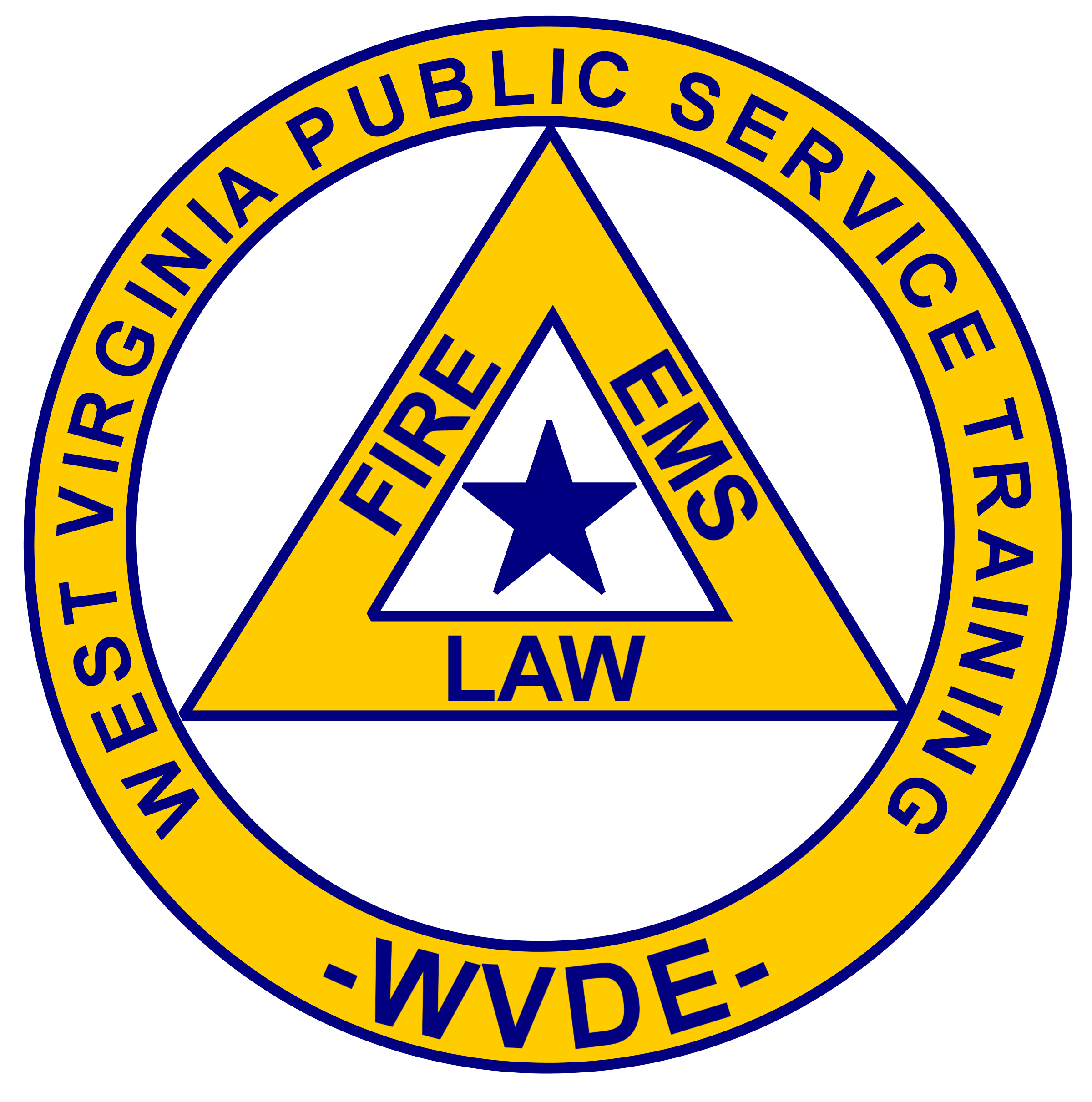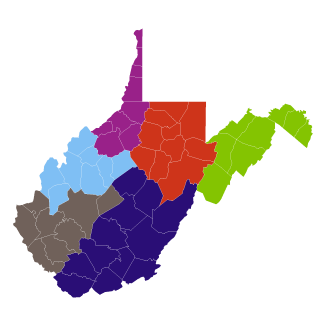Bovine Emergency Response Plan (BERP)
The number of livestock transported in the United States via semi-truck and trailer has significantly increased since the mid 1950’s. As the number of livestock being transported via motor vehicle has increased, so has the number of accidents involving livestock. A major percentage of the livestock transport accidents in the United States and Canada involved semi-trucks carrying cattle/equine. In the United States, very few standard operating procedures for addressing accidents involving the transport of livestock/equine existed until the development of the BERP.
The Bovine Emergency Response Plan (BERP) developed a framework for local emergency responders and law enforcement to more appropriately address accidents involving cattle/equine transport vehicles. The Plan includes standardized procedures, suggestions and materials for dispatchers and first responders in the areas of call assessment, scene arrival and assessment, scene containment and security, extraction of cattle/equine from the trailer, relocation of cattle/equine involved in the accident, mortality disposal, securing the wrecked transport vehicle (if needed), humane euthanasia of cattle/equine and debriefing.
At the conclusion of the training, the first responder will be able to:
- Recognize some of the unique features of incidents where bovine or large animals are involved.
- Recognizing hazards associated with incidents involving bovines and other large animals.
- Understand biosecurity issues associated with livestock
- Demonstrate understanding of animal behavior, animal care and welfare and animal handling techniques for bovines and other large animals.
- Describe the various methods of proper animal restraint and humane euthanasia that may be used in emergencies involving bovines or other large animals.
- Develop skills in creating containment strategies using existing structures, gates, panels, etc. to restrict movement of cattle/equine for triage, controlling loose animals, etc.
- Understand techniques for extrication of live animals/mortality from damaged transporter.
- Describe proper handling of mortality at scene and after.
- Enhance understanding of descriptive terms relative to bovine livestock.
- Understand the unique features of livestock transit insurance.
- Understanding the importance of debriefing following an incident involving bovines or other large animals.
The training is free, lunch will be provided and CEU’s for WV Law Enforcement, EMD Directors, EMS, and Veterinary Medicine continuing education in-service applications are being submitted..
Class registration will be via the on-line WV Public Service Training. To register for the class:
Registration MUST be completed by March 16, 2022.
Any questions, Dick Myers, Jefferson County Deputy EMA Director. (304) 728-3329 dmyers@jeffersoncountywv.org Sponsored by the Jefferson County Commission/Jefferson County Homeland Security and Emergency Management.


